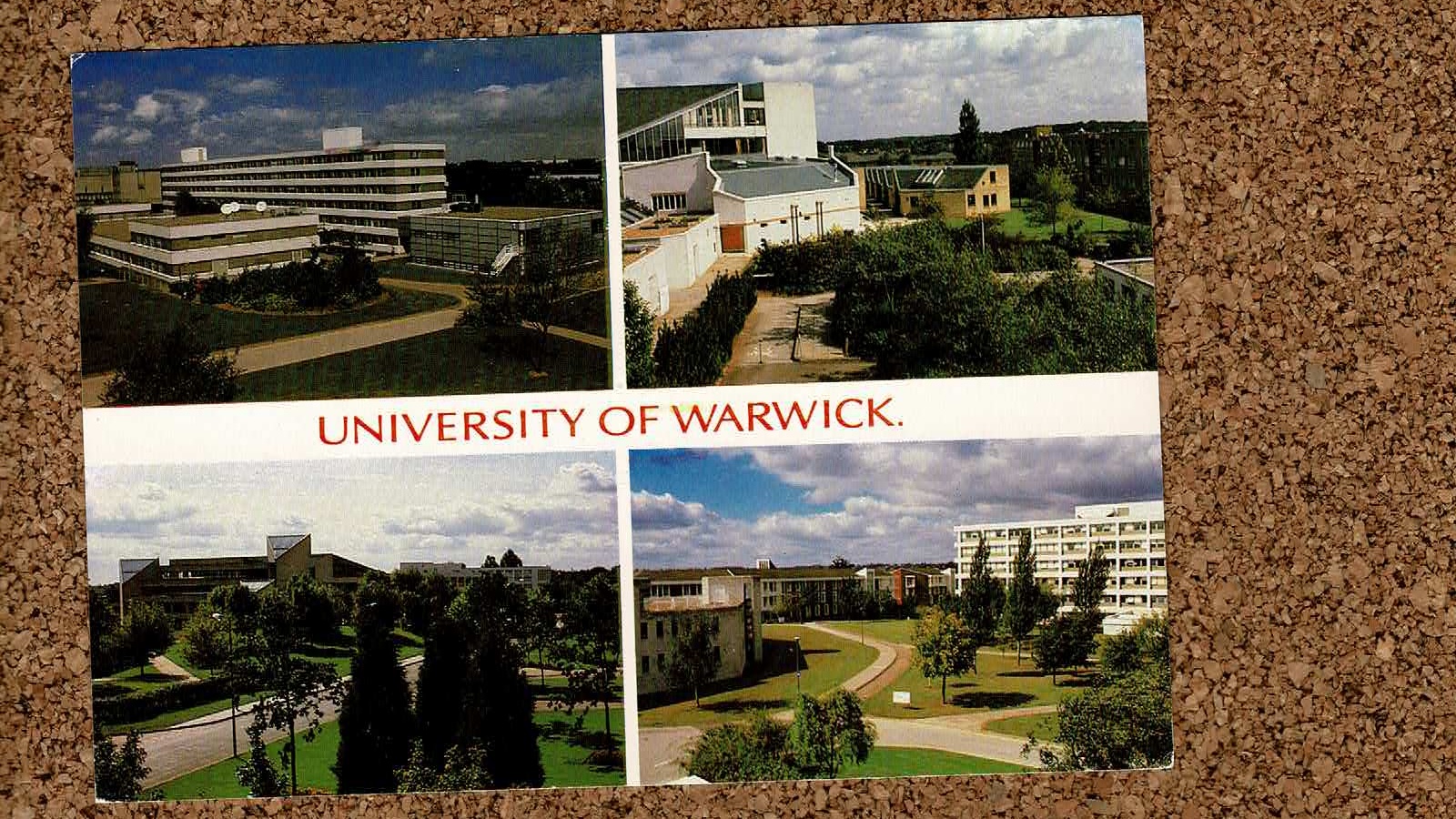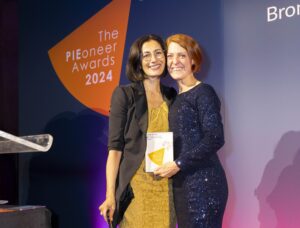The 1960s seem to have been a time of optimism and progress. At least, they certainly were in Coventry, where plans for a new university were, by 1964, well under way.
This was to be the University of Warwick, and on 10 April 1964 the Birmingham Daily Post reported on the publication of its development plan and fundraising appeal, which sought to raise £4 million of the estimated £58 million total cost.
The plan creates a picture of a national university… one of the largest in Britain… Its location… is considered to offer a unique opportunity for development…
The newspaper’s leader was breathless in its support:

The university site is much nearer to Coventry than it is to Warwick, so the choice of name was clearly deliberate rather than geographical accident. One possibility is that Warwick arguably sounds historically more impressive than Coventry (Kingmaker compared to Lady Godiva); maybe Coventry was felt to be too industrial for the bucolic greenfield site; or maybe, as the learned Mike Ratcliffe reminds us, government policy prevented the use of county names for universities if there was another university or university college in it. And the University of Birmingham in Edgbaston was at that time definitely in Warwickshire.
Delightfully the same newspaper also prints a grainy photograph of the architects with a model of the university. Those familiar with Warwick might wish to see whether they can make out any of today’s university in the photograph.

Lord Rootes, by the way, was the leading light behind Rootes Group, a motor manufacturing conglomerate (Humber, Hillmann, Singer…) with large manufacturing plants in Coventry, He was to have been the first chancellor of the new university, but died in 1964, before the university was formally inaugurated with the grant of a royal charter in March 1965. We’ll mention Rootes again in a while.
Warwick was one of the plate glass universities founded in the 1960s on greenfield sites – the others being East Anglia, Essex, Kent at Canterbury, Lancaster, Sussex and York. And it has undoubtedly been a success, with considerable impact in research; growth to almost 29,000 students, as reported in the most recent HESA statistics; a huge impact on practice in the sector, not least through the number of professional services staff who have worked at Warwick and gone on to registrarial or other senior positions elsewhere; and a conference business at the forefront of UK universities, ensuring that a lot of people have been to the Warwick campus at some time or another. Coventry College of Education was incorporated into Warwick in 1979; the university opened a medical school in 2000.
The approach of the university, though, has also at times been controversial. From the outset it had strong links with industry, and in the late 1960s there was real conflict between staff, students and university leadership. Warwick University Ltd, edited by E P Thompson, chronicles some of this, and reveals a managerial approach which was unusual for UK higher education.

For example, the contacts with the Rootes Group remained strong, and the Rootes’ director of legal affairs attended a Coventry Labour party meeting in 1969 to report to the vice chancellor on the activities of a Warwick member of staff, Dr Montgomery. His report included:
Montgomery’s speech revealed a very definite bias against employers in general. I can only guess from seeing the man that he would be most likely to exhibit a similar bias in his lectures at the University. If this is the case the students would most certainly be exposed to a most undesirable indoctrination, as I do not think he would put the other point of view at all.
This report, and others, came to light only because students occupied the university registry and gained access to the vice chancellor’s secret files. The issues flagged in Warwick University Ltd were in the context of political unrest and revolutionary fervour of the late 1960s, with competing ideologies and influences from other countries making themselves clear in the UK’s domestic politics. The concerns raised then have echoes of today’s concerns about political bias in universities, and influence from other countries. Perhaps nothing really ever changes.
Gordon Sumner, better known as Sting, enrolled at Warwick in 1969 but left after a term. Just think what he might have done had he completed his studies…




